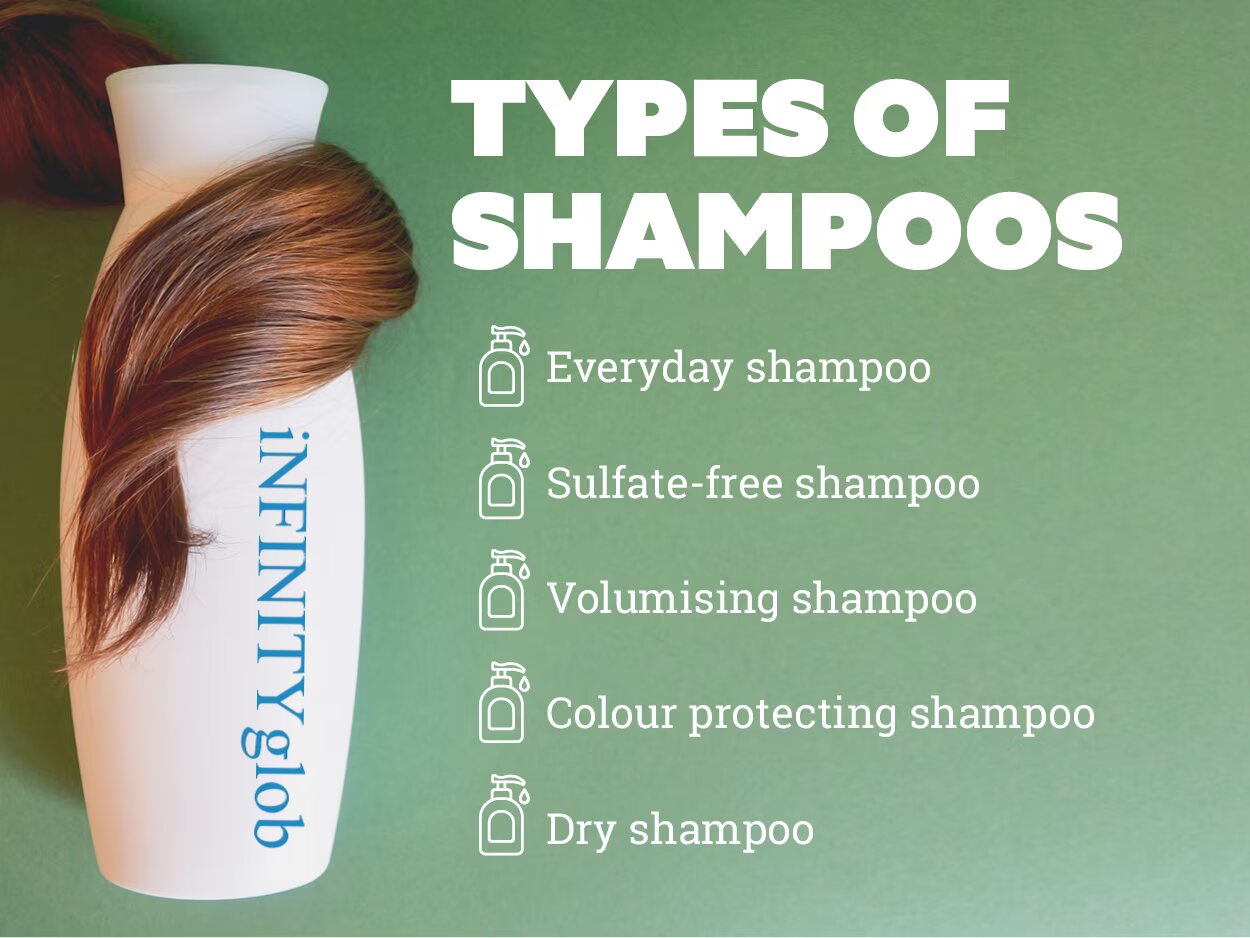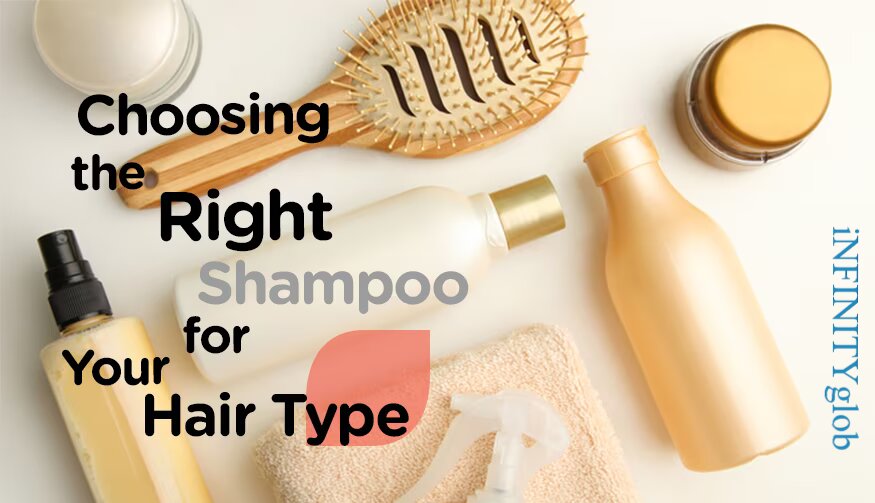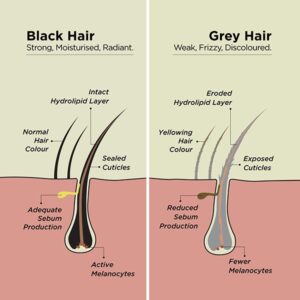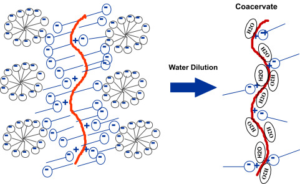Table of Contents:
- Introduction
- The Role of Shampoo and Conditioner
- Navigating the Hair Care Routine
- Shampoo: Cleansing and Clarifying
- What is Shampoo?
- How Does Shampoo Work?
- Best Shampoos on the Market
- Conditioner: Nourishment and Hydration
- What is Conditioner?
- How Does Conditioner Work?
- Best Conditioners on the Market
- Key Differences Between Shampoo and Conditioner
- Purpose and Effects
- Formulation and Application
- Frequency and Effects
- Choosing the Right Products
- Consideration for Hair Type
- Addressing Specific Concerns
- Finding Your Perfect Combination
- Conclusion
- Nurturing Your Hair with the Power of Shampoo and Conditioner
- Achieving Healthy, Beautiful Locks
Introduction: The Dynamic Duo of Hair Care – Shampoo and Conditioner
When it comes to hair care, two essential products play a crucial role: shampoo and conditioner. These products work together to ensure that your hair remains clean, nourished, and vibrant. Let’s dive into the roles and benefits of shampoo and conditioner and how they form the foundation of your hair care routine.

The Role of Shampoo and Conditioner: A Balanced Partnership
Shampoo and conditioner have distinct functions that complement each other to provide comprehensive hair care:
Shampoo: The Cleansing Hero
- Shampoo is formulated to remove dirt, oil, sweat, and product buildup from your hair and scalp.
- It contains cleansing agents that break down impurities and leave your hair refreshed.
- Regular shampooing prevents buildup and maintains a clean scalp environment.
Conditioner: The Nourishing Ally
- Conditioner focuses on moisturizing, nourishing, and improving hair manageability.
- It replenishes lost moisture, smooths hair cuticles, and enhances softness and shine.
- Using conditioner helps prevent breakage, split ends, and dryness.
Navigating the Hair Care Routine: The Steps
- Shampooing:
- Wet your hair thoroughly with lukewarm water.
- Apply a small amount of shampoo to your palms and lather it.
- Gently massage the shampoo into your scalp using your fingertips, avoiding nails.
- Rinse your hair thoroughly to remove all shampoo.
- Conditioning:
- After shampooing, apply conditioner from mid-lengths to ends.
- Avoid applying conditioner to the scalp to prevent excess oiliness.
- Leave the conditioner on for the recommended time, usually a few minutes.
- Rinse with cool water to seal the cuticles and enhance shine.
Balancing Shampoo and Conditioner: Finding Your Frequency
- Shampooing too often can strip natural oils and lead to dryness.
- Conditioning without proper cleansing can result in product buildup and lack of volume.
- Find the right balance for your hair type and needs to maintain optimal health.
Best Practices for Gorgeous Hair: Understanding Your Hair
- Identify your hair type (dry, oily, normal, curly, straight) and specific concerns.
- Choose shampoos and conditioners tailored to your hair’s unique requirements.
In Conclusion: The Power of a Well-Balanced Hair Care Routine
Shampoo and conditioner form the foundation of your hair care regimen. Understanding their roles and using them effectively can lead to healthy, beautiful hair. As you embark on your hair care journey, remember to choose products that align with your hair’s needs and maintain a balanced routine for optimal results. Your hair will thank you with shine, softness, and vibrancy.
Shampoo: Cleansing and Clarifying
Shampoo is a hair care product designed to cleanse the scalp and hair strands. It contains cleansing agents, water, and additional ingredients.
What is Shampoo?
- Shampoo is a hair care product for cleansing the scalp and hair.
- It comes in different types and formulations to suit various hair types and concerns.
- Shampoos contain cleansing agents, water, and other ingredients.
How Does Shampoo Work?
- Wetting the Hair:
- Wet your hair with lukewarm water before applying shampoo.
- Wetting helps loosen dirt and oil, making it easier to clean.
- Lathering:
- Take a small amount of shampoo and lather it in your palms.
- Apply the lather to your scalp, focusing on the roots.
- Massaging:
- Use your fingertips to gently massage your scalp in circular motions.
- Massaging helps dislodge dirt and sebum buildup.
- Rinsing:
- Thoroughly rinse your hair to remove all shampoo and residue.
- Finish with cool water to close the hair cuticles for added shine.
- Repeat if Necessary:
- Depending on buildup, you may need to repeat the shampooing process.
Best Shampoos on the Market

- Category – 1 :
- Ideal for [Hair Type/Concern].
- Formulated with [Key Ingredients] for [Benefits].
- Notable for [Notable Feature].
- Category – 2 :
- Great for [Hair Type/Concern].
- Enriched with [Key Ingredients] to promote [Benefits].
- Praised for [Notable Feature].
- Category – 3 :
- Perfect for [Hair Type/Concern].
- Contains [Key Ingredients] to achieve [Benefits].
- Known for [Notable Feature].
- Category – 4 :
- Specifically designed for [Hair Type/Concern].
- Infused with [Key Ingredients] for [Benefits].
- Stands out with [Notable Feature].
- Category – 5 :
- Tailored for [Hair Type/Concern].
- Blended with [Key Ingredients] to support [Benefits].
- Users love [Notable Feature].
Choosing the Right Shampoo:
- Consider your hair type (oily, dry, curly, straight) when selecting a shampoo.
- Take into account any scalp conditions or concerns (dandruff, color-treated hair, etc.).
- Choose a shampoo that aligns with your hair’s needs for the best results.
In conclusion, shampoo is a vital part of your hair care routine, using cleansing agents to remove dirt and oil from your scalp and hair. With a diverse range of options available, finding the right shampoo for your hair type and concerns can lead to healthier and more beautiful locks.
Conditioner: Nourishment and Hydration
Conditioner is a hair care product that provides nourishment, hydration, and manageability to your hair. It contains moisturizing ingredients and is used after shampooing.

What is Conditioner?
- Conditioner is a hair care product used to nourish and hydrate the hair.
- It comes in various formulations to cater to different hair types and concerns.
- Conditioners contain moisturizing agents, oils, and other beneficial ingredients.
How Does Conditioner Work?
- Applying Conditioner:
- After shampooing and rinsing, apply conditioner from mid-length to the ends.
- Avoid applying it to the roots to prevent weighing down the hair.
- Distribution:
- Use a wide-tooth comb or your fingers to distribute the conditioner evenly.
- Ensure every strand is coated with a thin layer of conditioner.
- Waiting Time:
- Leave the conditioner on for the recommended time (usually a few minutes).
- This allows the product to penetrate the hair shaft and provide benefits.
- Rinsing:
- Thoroughly rinse your hair to remove the conditioner.
- Use cool water to seal the hair cuticles and enhance shine.
- Optional Leave-In:
- Some conditioners can be used as leave-in treatments for added hydration.
Best Conditioners on the Market
- Category – 1 :
- Suitable for [Hair Type/Concern].
- Enriched with [Key Ingredients] for [Benefits].
- Notable for [Notable Feature].
- Category – 2 :
- Excellent for [Hair Type/Concern].
- Formulated with [Key Ingredients] to promote [Benefits].
- Praised for [Notable Feature].
- Category – 3 :
- Perfect for [Hair Type/Concern].
- Contains [Key Ingredients] for [Benefits].
- Known for [Notable Feature].
- Category – 4 :
- Specifically designed for [Hair Type/Concern].
- Infused with [Key Ingredients] to achieve [Benefits].
- Stands out with [Notable Feature].
- Category – 5 :
- Tailored for [Hair Type/Concern].
- Blended with [Key Ingredients] to support [Benefits].
- Users love [Notable Feature].
Choosing the Right Conditioner:
- Consider your hair type (dry, damaged, fine, etc.) and specific concerns (frizz, lack of shine, etc.).
- Look for conditioners with ingredients that address your hair’s needs (moisturizing, strengthening, etc.).
- Finding the perfect conditioner can enhance your hair’s health, appearance, and manageability.
In conclusion, conditioner is a crucial step in your hair care routine that provides essential nourishment, hydration, and manageability to your hair. By choosing the right conditioner for your hair type and concerns, you can achieve healthy, beautiful locks that are easier to style and maintain.
Key Differences Between Shampoo and Conditioner
When it comes to hair care, shampoo and conditioner play distinct roles in promoting healthy and beautiful locks. Let’s explore the key differences between these two essential products:
1. Purpose and Effects
Shampoo:
- Purpose: Shampoo is primarily used for cleansing the hair and scalp by removing dirt, oil, and product buildup.
- Effects: It leaves the hair feeling clean, refreshed, and free of impurities.
- Key Function: Shampooing prevents a greasy, oily appearance and maintains scalp health.
Conditioner:
- Purpose: Conditioner is designed to provide hydration, nourishment, and manageability to the hair.
- Effects: It leaves the hair soft, smooth, and easier to detangle and style.
- Key Function: Conditioning helps replenish moisture, minimize frizz, and enhance hair texture.
2. Formulation and Application
Shampoo:
- Formulation: Shampoos contain cleansing agents (surfactants) that remove dirt and oil. They may also include additives like fragrances and specialty ingredients.
- Application: Shampoo is applied to wet hair, massaged to create lather, and then rinsed out.
Conditioner:
- Formulation: Conditioners contain moisturizing agents, oils, and sometimes proteins. They are formulated to coat the hair shaft, providing hydration and nourishment.
- Application: Conditioner is applied after shampooing, focusing on the mid-lengths to ends of the hair. It’s left on for a few minutes and then rinsed out.
3. Frequency and Effects
Shampoo:
- Frequency: Shampooing frequency varies based on hair type, lifestyle, and personal preference. Some shampoo daily, while others do it less frequently to avoid over-stripping natural oils.
- Effects: Shampooing cleanses the scalp and hair, but frequent shampooing can potentially lead to dryness or stripping of natural oils.
Conditioner:
- Frequency: Conditioning frequency also varies, but it’s generally recommended to use conditioner every time you shampoo to restore moisture and softness.
- Effects: Conditioning helps improve hair manageability, reduces frizz, and promotes a healthier appearance.
In summary, while shampoo and conditioner are both essential components of a hair care routine, they serve different purposes and offer distinct benefits. Shampoo cleanses the hair and scalp, while conditioner nourishes and hydrates. Using them in conjunction can lead to well-balanced, healthy, and gorgeous hair. Remember to choose products that cater to your hair type, concerns, and preferences to achieve the best results.
Choosing the Right Products
Selecting the appropriate shampoo and conditioner for your hair type and concerns is crucial for achieving optimal results. Here’s a guide to help you make informed choices:

1. Consideration for Hair Type
Different hair types have distinct needs and characteristics. Choose products that align with your hair type:
- Straight Hair: Look for volumizing or smoothing shampoos and conditioners that cater to your specific styling preferences.
- Curly or Wavy Hair: Opt for products that provide moisture, enhance curls, and minimize frizz.
- Fine Hair: Choose lightweight formulas that won’t weigh down your hair.
- Thick or Coarse Hair: Go for products with added moisture and nourishment to tame and hydrate your hair.
2. Addressing Specific Concerns
Identify any hair concerns you want to target, such as:
- Dryness: Look for hydrating shampoos and conditioners with ingredients like argan oil, shea butter, or glycerin.
- Damage: Consider products with protein-rich formulas that help strengthen and repair damaged hair.
- Color-Treated Hair: Use color-protecting shampoos and conditioners to preserve vibrancy and prevent fading.
- Dandruff or Scalp Issues: Opt for anti-dandruff shampoos and conditioners containing active ingredients like zinc pyrithione or ketoconazole.
3. Finding Your Perfect Combination
Once you’ve identified your hair type and concerns, it’s time to find the perfect shampoo and conditioner combination. Here are some tips:
- Matching Sets: Brands often offer matching shampoo and conditioner sets designed to work together synergistically. These sets are formulated to address specific hair needs.
- Customization: Don’t be afraid to mix and match products from different lines to create a customized routine that suits your unique hair requirements.
- Trial and Error: It might take some experimentation to find the ideal products for your hair. Be open to trying different options until you discover what works best.
4. Reading Labels
To ensure you’re selecting the right products, pay attention to the ingredient list and product claims:
- Avoid Harsh Ingredients: Look for products that are sulfate-free, paraben-free, and free of other harsh chemicals that can strip your hair’s natural oils.
- Check for Key Ingredients: Seek out beneficial ingredients such as natural oils, vitamins, proteins, and antioxidants.
- Product Claims: Consider products that align with your hair goals, whether it’s hydration, volume, shine, or color protection.
Remember that everyone’s hair is unique, so what works for someone else may not work for you. Be patient and open to adjustments as you fine-tune your hair care routine.
In Conclusion
Choosing the right shampoo and conditioner can make a significant difference in the health and appearance of your hair. By considering your hair type, specific concerns, and preferences, you can create a hair care routine that supports your hair’s unique needs. Regular maintenance and consistent use of well-suited products will contribute to healthy, beautiful locks that you’ll love to flaunt.
In closing, the journey to maintaining vibrant, healthy hair is fueled by the harmonious partnership of shampoo and conditioner. These essential hair care products bring science and chemistry together to cleanse, nourish, and enhance your locks. As you’ve discovered, shampoo acts as a cleansing agent, purging impurities and oils, while conditioner replenishes moisture, softens, and promotes manageability. By understanding their roles, choosing the right products for your hair type, and embracing a consistent care routine, you’re embarking on a path to achieve your hair goals and radiate confidence through your luscious locks. So, treat your hair with the care it deserves, harness the power of shampoo and conditioner, and let your hair’s natural beauty shine.







